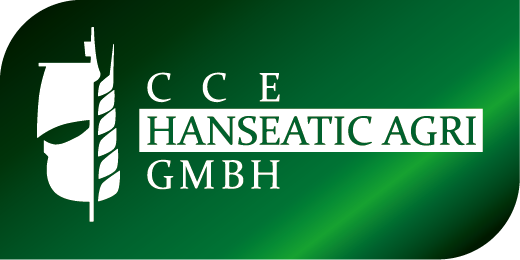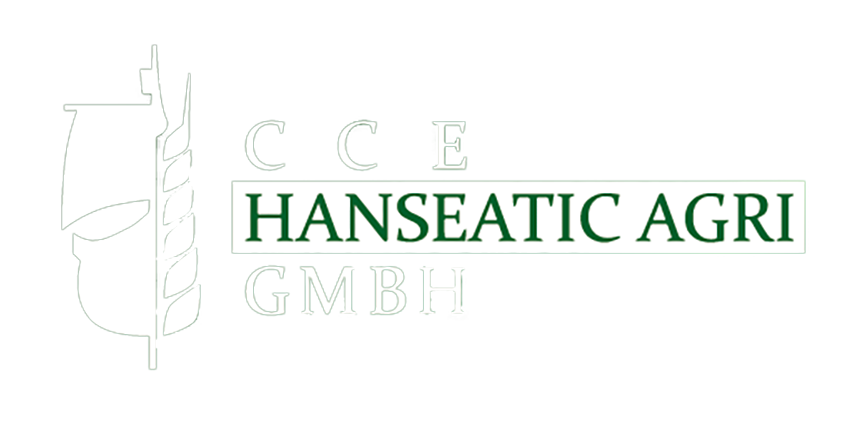In an industry where the stakes of food safety and nutritional value are high, the quality of raw materials used in the production of pet food plays a critical role. This article is designed to shed light on the significance of raw material quality and its direct impact on the safety and nutrition of commercial pet foods.
Understanding the complexities behind pet food formulations is vital for pet food manufacturers who strive to meet the dietary needs of dogs and cats while ensuring the highest product safety standards.
The Foundation of Pet Food Safety and Nutrition
The foundation of pet food safety and nutrition lies in the quality of the raw materials. These materials determine pet food products’ safety, efficacy, and nutritional content.
Pet food manufacturers must recognize that high-quality ingredients are beneficial and essential for meeting pets’ nutritional requirements.
The nutritional integrity of pet food formulations is directly dependent on the purity and quality of raw materials, making the selection of uncontaminated, wholesome raw materials the first step in ensuring food safety.
Key Factors Influencing Raw Material Quality
Several factors are critical in determining the quality of raw materials for pet food production. These include:
- Source and Origin: Selecting reputable sources ensures raw materials’ nutritional integrity and purity.
- Handling and Storage: Proper practices are essential to prevent contamination and preserve the nutritional value of raw materials.
- Nutritional Content: The raw materials must align with the specific dietary requirements of pets to produce balanced and health-supportive pet foods.
Challenges in Maintaining Raw Material Quality
Pet food manufacturing facilities face numerous challenges in maintaining the quality of raw materials, such as contamination risks from pathogens or chemicals and degradation of nutritional quality due to improper storage conditions.
To address these challenges, pet food companies implement rigorous quality control testing for contaminants and stringent handling and storage protocols to preserve the quality and safety of raw materials.
The Role of Good Manufacturing Practices (GMP)
Good Manufacturing Practices (GMP) are crucial in ensuring pet food products’ consistent quality and safety. GMP provides a comprehensive framework for managing manufacturing processes, personnel, facilities, and equipment by established quality standards.
For pet food manufacturers, this involves establishing detailed manufacturing protocols, providing ongoing staff training on safety and hygiene, and conducting regular compliance audits and inspections to ensure adherence to GMP.
Quality Control and Assurance Measures
Quality control and assurance are critical components of the pet food production process, encompassing a wide range of activities designed to ensure that finished products meet or exceed safety and nutritional standards.
This includes testing raw materials to ensure they meet predefined quality specifications, continuous monitoring of production processes to detect and correct deviations from established standards, and comprehensive analysis of finished products to verify their nutritional content and safety.
The Benefits of High-Quality Raw Materials
Investing in high-quality raw materials brings significant advantages to pet food manufacturers and the pets they feed:
- Safety: Produces pet food free from contaminants.
- Nutrition: Ensures balanced diets for optimal pet health.
- Trust: Builds consumer confidence in pet food brands through consistent quality.
Conclusion
The quality of raw materials is a fundamental determinant of pet food products’ safety and nutritional value. For the pet food industry, prioritizing superior ingredients and strict manufacturing practices are essential for responsible pet food production.




